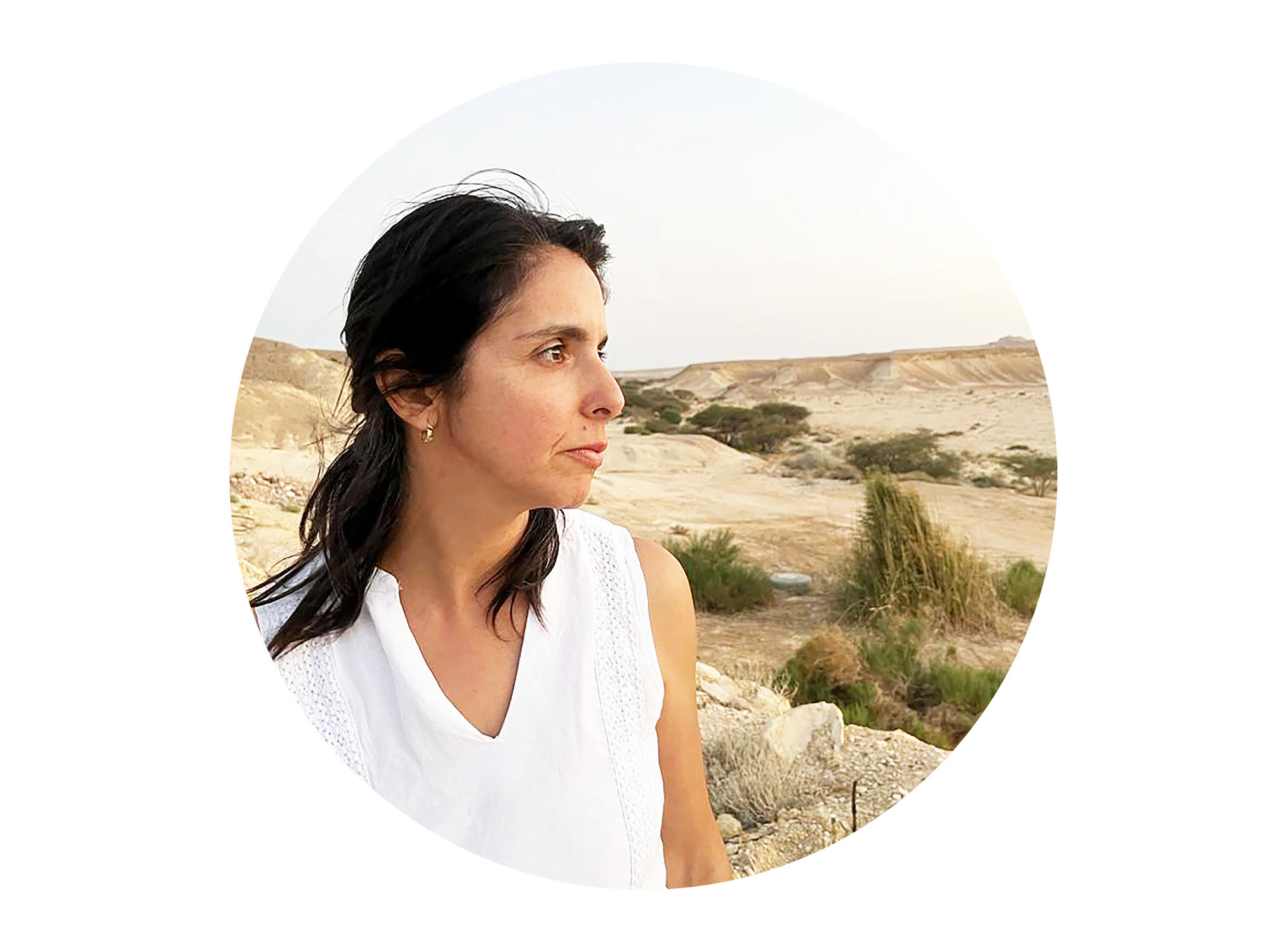For three generations of Anthroposophic Music Therapy—from Werbeck to the new anthroposophic music therapists worldwide—Valborg Werbeck-Svärdström, Maria Schüppel, Eva Mees, Johanna Spalinger, and Marlise Maurer were pioneers of anthroposophic music and singing therapy.
Werbeck Singing methods are applied as therapeutic interventions in Anthroposophic Music Therapy. Music therapist Viola Heckel, a student of Maria Schüppel, says: “In post- and long covid, for example, Werbeck’s indications on singing can cultivate a soulful handling of the air and stimulate an interplay of inhalation and exhalation in such a way that individual paths of recovery can take place.”
Music therapist Monica Bissegger describes Schüppel as a master teacher: “As a person, she had a very big heart and showed an extraordinary tolerance towards others. As a music therapist, she imparted to us the enthusiasm for everything musical. Her intense involvement with a wide variety of musical phenomena left us with a reverent sense of wonder towards this world.”
Anne Margreet Muller, a music therapist in the Netherlands, remembers Eva Mees as, “an expressive and wise woman who educated her students with a great deal of heart. She lived anthroposophy and inner schooling intimately.”
“Johanna Spalinger and Marlise Maurer were very connected to the music therapy impulses of the physician Hans-Heinrich Engel,” shares Anna-Barbara Hess, a music therapist who studied under Spalinger and Maurer in Switzerland. “Johanna Spalinger brought her rich music therapy experience from curative education and social therapy to the training. Marlise Maurer gave us valuable insights into music therapy interventions related to medical illnesses.”
Today, the movement has spread beyond Europe. In her work with children in Israel, Revital Szir notices how “music can lead you to a life of active listening and striving for inner balance that has been lost in the outer world.” Agnese Stegani of Italy also discovered the great role instrument-making plays in the practice: “Living forms are created when the imagination of etheric forces and the morphology of matter itself combine to discover specific sounds and vibrations.” The human longing to create is what inspires Alina Gaynanshina as a music therapist in Russia: “I am deeply convinced that, with inspiration and inner freedom, humans are able to create unique works and bring forth music of a new world.” Through her practice in Taiwan, Chen-Chen Wu wishes that “music therapy could penetrate deeply into society, care institutions, and more communities.”
ICAAT, the International Coordination of Anthroposophic Arts Therapies, is an organization under the Medical Section at the Goetheanum and music therapy is one of the departments in this worldwide network. “It is important to us to continue to support high-quality education and training,” says ICAAT Coordinator, Laura Piffaretti. Being part of the World Health Organization benchmarks provides an opportunity to establish music therapy as a globally recognized profession.
“The question of the community and the individual is the question of the future,” Revital Szir poses. Music therapy offers a process where “I and You in the We” can emerge.
Title image Revital Szir works in the desert in Tzukim, Israel. Imagesource: Private





